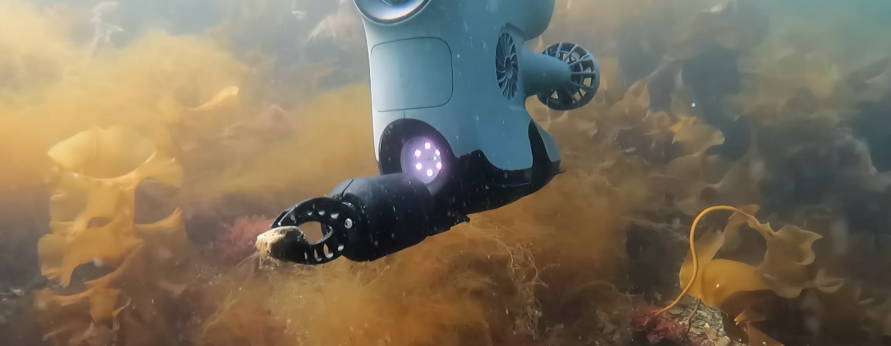Blueye Pioneer: Designed to provide exceptional user experience and performance with features such as a full HD camera, powerful LED lights, and a thin tether. Suitable for solo operations and transportation by one person. However, it lacks the extensive customization options and integration capabilities of the X3.
Blueye X1: Primarily designed for quick and user-friendly inspections with a focus on inspection capabilities. It features a mechanical tilt camera and is suitable for one-man portable operations.
Blueye X3: Offers extensive customization options and integration capabilities with three guest ports. It can integrate various external equipment such as grippers, external lights, cameras, sonars, and sensors, making it suitable for more complex underwater tasks.




